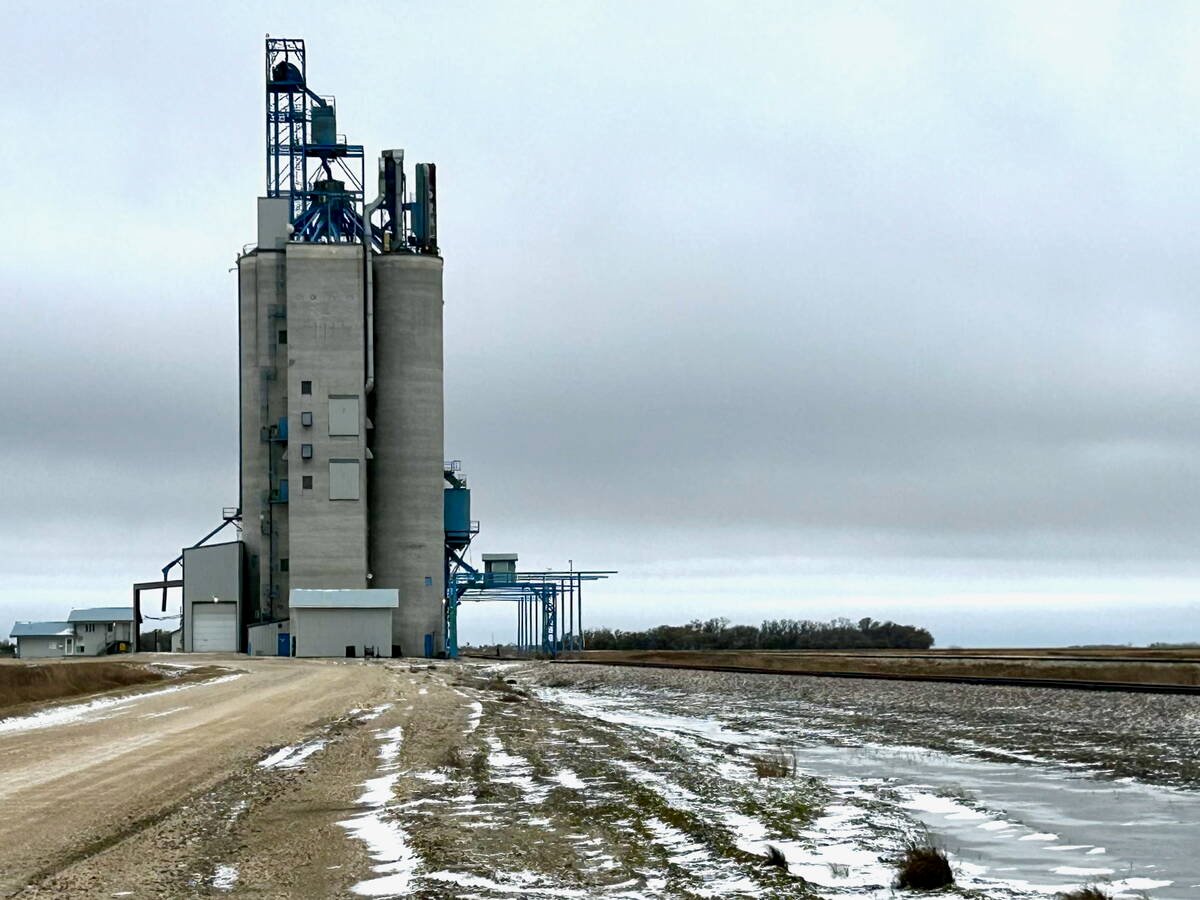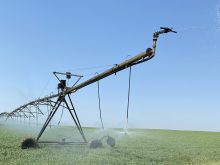New report endorses province’s commitment to massively increase the Lake Diefenbaker-based irrigation system
It’s time for Saskatchewan to finally achieve its irrigation potential after decades of frustration and failure.
That’s the bottom line of a new report released by the Canadian Agri-Food Policy Institute.
Irrigation: Saskatchewan’s Unfulfilled Dreams, written by Quebec journalist and agricultural researcher Nicolas Mesly, endorses the Saskatchewan government’s commitment to massively increase the Lake Diefenbaker-based irrigation system that has never moved far off the drawing board.
Read Also

Manitoba grain elevator ownership expands
Carman-based Linear Grain buys Fannystelle elevator from Bunge, another three elevators sold to Morden’s BP & Sons Grain and Storage Inc.
“There’s no doubt that the longer this mega-project is delayed, the more it will cost,” says the report, issued in October.
“But in the context of climate disruption and the current geopolitical situation, we believe that the Lake Diefenbaker irrigation project should go ahead, for the socio-economic benefit of both the province and Canada.
“What’s more, Canada, the world’s second largest country and endowed with 20 percent of the world’s fresh-water reserves, is destined to play a crucial role in supplying agricultural markets and ensuring global food security. And Saskatchewan is the driving force behind it.”
The Saskatchewan government’s $4 billion project aims to spread the benefits of irrigation to hundreds of thousands more acres than the 104,000 today.
This is not a new idea, being the basis of the 1967 first attempt at creating a half million acre zone of irrigation-boosted farming. However, Saskatchewan has had trouble getting anywhere near the success southern Alberta has experienced with irrigation uptake and development.
Mesly argues the Lake Diefenbaker reservoir can likely sustainably provide most of the water for the 500,000 acre project, although drought years and once-in-a-century droughts could disrupt water supplies for agriculture.
Much of the world’s population relies upon food that is unsustainably produced in areas with falling aquifers, such as the U.S. southwest and California, Mexico and China. Some of the world’s major exporters, such as the United States, also rely upon depleting aquifers, which cannot last forever, notes the report.
That makes Canada’s, and especially Saskatchewan’s, role in providing food almost a duty, Mesly argued. To cope with increasing climate volatility and summer heat, irrigation is an essential tool.
However, to do the project right, Saskatchewan needs to learn lessons from the past.
Mesly wrote that the new Canada Water Agency could play a crucial role in co-ordinating and helping supply expertise for the huge project, which will have downstream and upstream impacts.
Saskatchewan farmers in areas with access to new irrigation infrastructure will need education in how to best exploit the possibilities, since they have missed the decades of learning experienced by southern Alberta farmers.
Non-agricultural and young people with an interest in getting involved in irrigation agriculture will need assistance to acquire land and use it productively.
Governments should watch what happens in the land market of affected areas to to ensure farmers, not speculators, use and benefit from the infrastructure.
The most environmentally responsible designs should be used for the water systems, including solar power, evaporation-suppression and low-loss on-field equipment.
Saskatchewan’s failure to get much agricultural gain from the enormous Lake Diefenbaker reservoir has often frustrated the province’s governments.
The government cancelled the rest of its planned expansions in 1973 after noting that farmers weren’t taking advantage of it. In the mid-1990s the government attempted to create a processing potato industry in the area, even though few local farmers seemed interested in participating. That ended in a financial, legal and political disaster.
Mesly informs his examination with the often-asked question: “Why didn’t Outlook become Lethbridge?” but focuses mostly on future needs to make the Lake Diefenbaker region achieve similar results to southern Alberta.
















